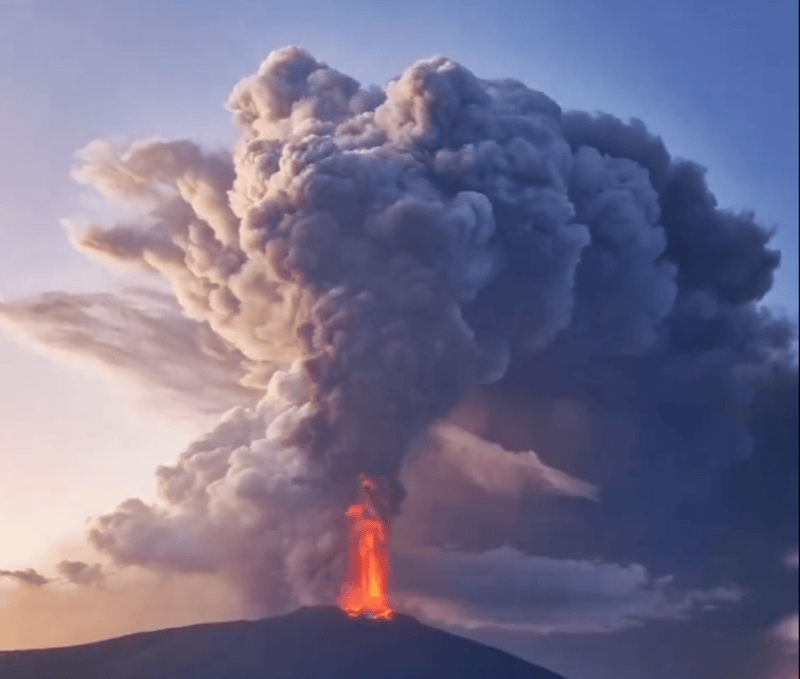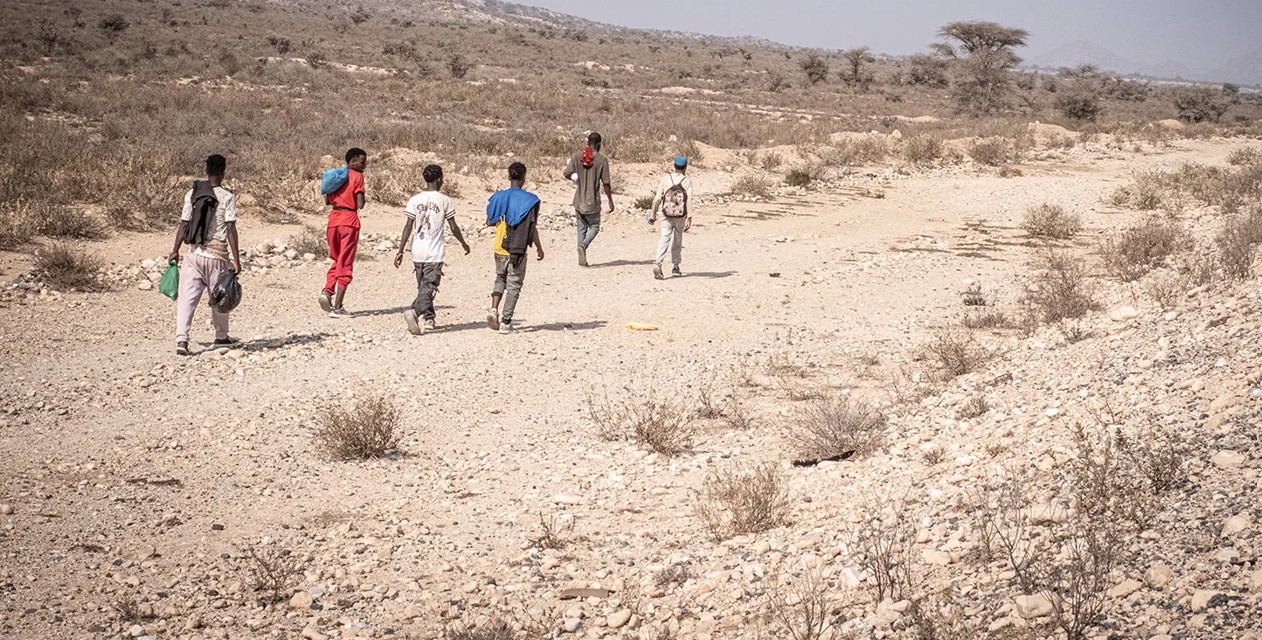Europe’s most active volcano, Mt Etna, erupts again in Sicily

Videos shared online showed residents scampering for safety as the volcano released a dense plume of ash and smoke, creating a tense atmosphere.
Europe's most active volcano, Mt Etna, erupted on Monday in Sicily, Italy, sending a large cloud of ash and gas into the sky above the island.
Videos shared online showed residents scampering for safety as the volcano released a dense plume of ash and smoke, creating a tense atmosphere.
According to Italy's National Institute of Geophysics and Volcanology (INGV), the volcano was experiencing strong strombolian explosions, a type of explosion that gradually grows stronger with time.
By noon local time, INGV reported in a social media post that the "explosive activity from the Southeast Crater had become a lava fountain."
According to the INGV, there was no immediate danger reported for people living nearby or for aeroplanes flying above the area.
According to the UNESCO World Heritage Centre, Mt Etna is the highest active volcano in Europe and the most active stratovolcano worldwide.
Covering approximately 19,237 hectares at its summit and spanning about 1,600 square kilometres. Etna's base stretches around 150 kilometres in circumference. The volcano's elevation varies over time due to eruptions that add material and crater collapses that reduce its height. Its peak height currently stands around 3,320 meters.
Mt Etna has been active for about 2.6 million years, with its eruptive history traceable over the past 500,000 years. Historical records document at least 2,700 years of near-continuous volcanic activity, with frequent eruptions spanning the last 3,000 years.
Its last eruption occurred in February, when lava flowed roughly 3 kilometres from the Bocca Nuova crater, causing minor travel disruptions, including partial closure of the Catania airport due to reduced visibility from volcanic ash.
Aside from its geological significance, Mt Etna hosts unique ecosystems with endemic plants and animals and serves as a natural laboratory for ecological and volcanic studies.
Since the mid-19th century, it has been closely monitored by three observatories located on its slopes, making it a vital site for advancing volcanology, geophysics, and Earth sciences.
Other Topics To Read
Top Stories Today













































